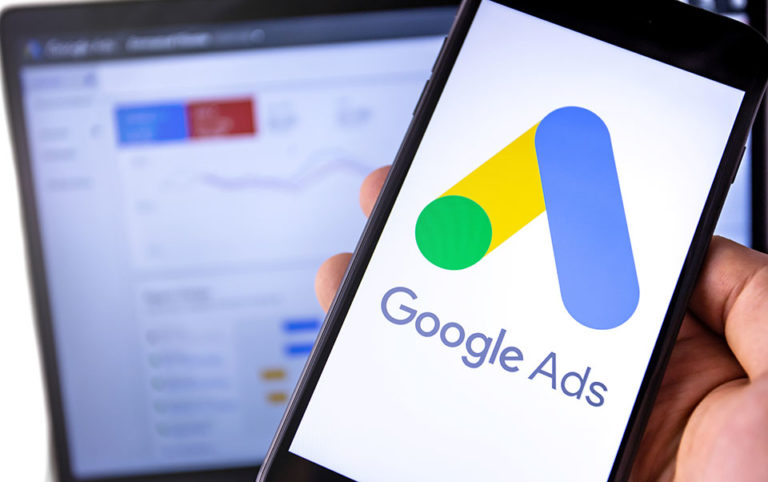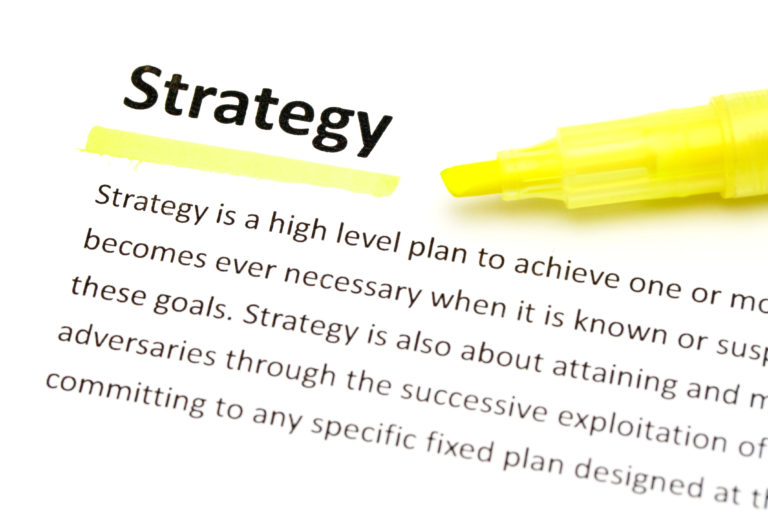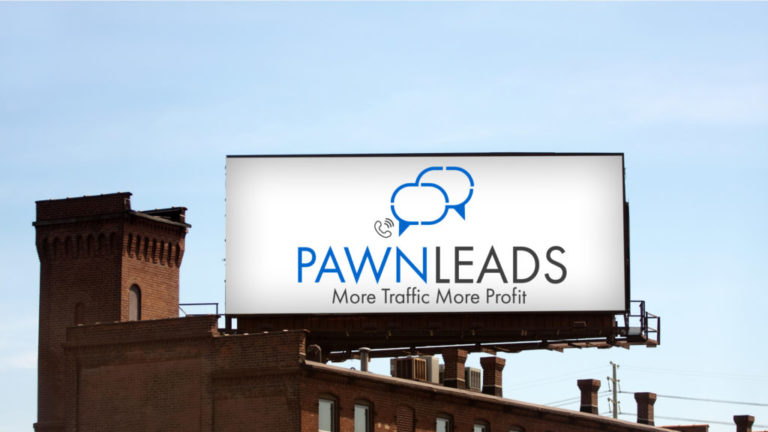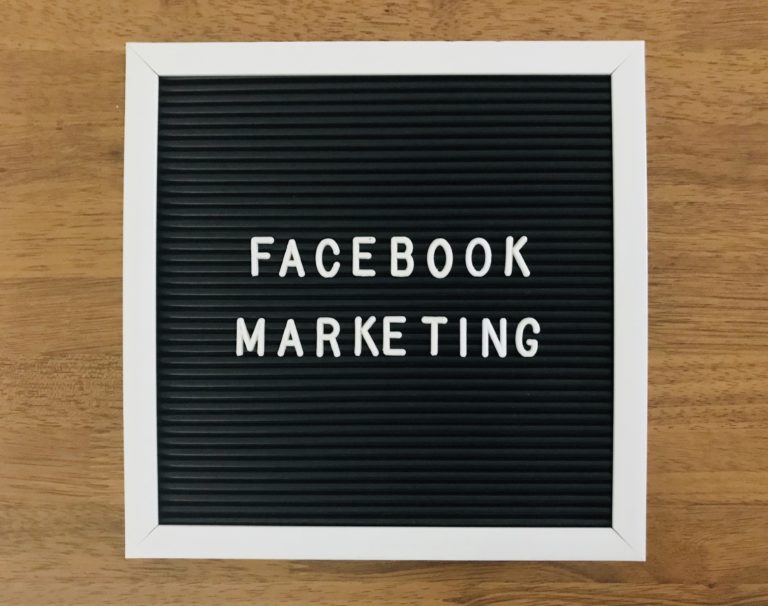In today’s digital age, where the internet is an integral part of our lives, businesses have to leverage online channels effectively to reach their target audience. Three essential acronyms dominate the digital marketing landscape: SEO, SEM, and SMO. While they share a common goal of improving online visibility and driving traffic, each plays a distinct role in the digital marketing ecosystem. In this blog, we will delve into what SEO, SEM, and SMO mean, explore their similarities and differences, and understand why all three are crucial for a successful marketing strategy.

Lorem ipsum dolor sit amet, consectetur adipiscing elit. Ut elit tellus, luctus nec ullamcorper mattis, pulvinar dapibus leo.
Search Engine Optimization (SEO)
Search Engine Optimization (SEO) is the process of optimizing your website and its content to improve its visibility in organic search engine results. The primary objective of SEO is to enhance the quality and quantity of organic (non-paid) traffic to your website. It involves various strategies and techniques to make your website more search engine-friendly.
Key Components of SEO:
Keyword Research: SEO begins with thorough keyword research. It involves identifying the keywords and phrases your target audience uses when searching for products, services, or information related to your business.
On-Page Optimization: This includes optimizing individual web pages by incorporating target keywords into titles, headings, meta descriptions, and content. It also involves improving the website’s structure and user experience.
Off-Page Optimization: Off-page SEO focuses on building high-quality backlinks to your website from reputable sources. These backlinks help establish your website’s authority and credibility in the eyes of search engines.
Content Creation: High-quality, relevant, and engaging content is essential for SEO success. Regularly publishing informative content that addresses your audience’s needs can boost your website’s rankings.
Technical SEO: This aspect involves optimizing the technical elements of your website, such as page load speed, mobile-friendliness, and proper indexing by search engines.

Search Engine Marketing (SEM)
Search Engine Marketing (SEM) is a paid advertising strategy that involves placing ads on search engines like Google and Bing to promote your website. It is often referred to as pay-per-click (PPC) advertising, because advertisers pay a fee each time their ad is clicked.
Key Components of SEM:
Keyword Research: Like SEO, SEM also relies on keyword research to identify the most relevant and effective keywords to target with paid ads.
Ad Campaign Creation: Advertisers create text or display ads and bid on keywords they want to target. The ads are displayed when users search for those specific keywords.
Ad Budget Management: Advertisers set daily or monthly budgets to control their ad spending. SEM platforms like Google Ads allow precise control over budget allocation.
Ad Performance Monitoring: SEM campaigns require ongoing monitoring and optimization. Advertisers track key metrics like click-through rate (CTR), conversion rate, and return on ad spend (ROAS) to assess campaign effectiveness.
Ad Testing: A crucial aspect of SEM is A/B testing, where different ad variations are tested to determine which ones perform best.

Social Media Optimization (SMO)
Social Media Optimization (SMO) focuses on optimizing your presence on social media platforms to enhance brand visibility and engage with your target audience. SMO aims to leverage the power of social media to drive traffic to your website and build a strong online community around your brand.
Key Components of SMO:
Profile Optimization: Ensure your social media profiles are complete, accurate, and consistent with your brand’s image. Use relevant keywords in your profiles and descriptions.
Content Strategy: Develop a content strategy tailored to each social media platform. Create and share content that resonates with your audience and encourages engagement.
Community Building: Actively engage with your followers and build a loyal community. Respond promptly and professionally to comments, messages, and reviews.
Hashtag Usage: Incorporate relevant hashtags in your posts to increase discoverability and reach a broader audience.
Sharing and Engagement: Encourage users to share your content and engage with it through likes, comments, and shares. This boosts your content’s visibility within the social network.

Similarities and Differences
While SEO, SEM, and SMO all aim to enhance online visibility and drive traffic, they differ in several key ways:
- Nature of Traffic:
SEO: Focuses on organic, non-paid traffic.
SEM: Relies on paid advertising to drive traffic.
SMO: Uses social media platforms to generate traffic and engagement.
- Cost:
SEO: Generally involves lower ongoing costs, but requires significant time and effort for optimization.
SEM: Involves direct costs for ad campaigns, with the potential for immediate results.
SMO: Can be cost-effective when managing social media profiles in-house, but may require budget allocation for advertising on social platforms.
- Timing:
SEO: Takes time to see significant results, often several months.
SEM: Provides immediate visibility and results, but depends on ad spend.
SMO: Offers relatively quick results in terms of engagement and brand building.
- Long-term vs. Short-term:
SEO: Provides long-term benefits and a stable source of organic traffic.
SEM: Offers short-term visibility and results directly tied to ad spend.
SMO: Balances short-term engagement with long-term brand building.
Why All Three are Important in Marketing
Successful digital marketing strategies often involve a combination of SEO, SEM, and SMO. Here’s why each of these components is crucial:
Comprehensive Online Presence: Together, SEO, SEM, and SMO ensure your brand is present across various digital channels, including search engines and social media platforms.
Diverse Traffic Sources: Relying solely on one channel can be risky. Having a diversified strategy ensures that fluctuations in one channel won’t significantly impact your online presence.
Immediate and Long-term Results: SEM can deliver quick results and traffic, while SEO and SMO work on long-term brand building and organic growth.
Audience Engagement: SMO fosters engagement, community building, and brand loyalty, which can have a positive impact on your SEO and SEM efforts.
Data and Insights: All three components provide valuable data and insights that can inform and improve your marketing strategy.
SEO, SEM, and SMO are integral components of a holistic digital marketing strategy. While they have distinct characteristics, they work together synergistically to enhance your online presence, drive traffic, and engage with your audience. To stay competitive in the digital landscape, it’s essential to invest in all three and continually refine your strategies based on evolving trends and audience preferences. By striking the right balance between SEO, SEM, and SMO, you can maximize your online marketing efforts and achieve your business goals in the digital age.

Empowering Pawn Shops with the Digital Marketing Power Trio: How Pawn Leads Can Help
In the ever-evolving landscape of digital marketing, businesses, including pawn shops, must harness the power of Search Engine Optimization (SEO), Search Engine Marketing (SEM), and Social Media Optimization (SMO) to stay competitive and relevant. As a marketing company specializing in pawn shops, Pawn Leads understands the unique challenges and opportunities this industry presents. In this article, we will explore how Pawn Leads can help pawn shops leverage the digital marketing power trio for success.

Enhancing SEO for Pawn Shops
SEO is the cornerstone of any successful online presence. It involves optimizing your website to rank higher in organic search results. For pawn shops, a strong SEO strategy can make all the difference in attracting local customers looking for pawn services or related products. Pawn Leads can help in several ways:
Keyword Optimization: Pawn Leads conducts thorough keyword research to identify the most relevant and high-traffic keywords in your local market. By incorporating these keywords into your website’s content, meta tags, and descriptions, we can improve your website’s visibility.
Local SEO: Local SEO is vital for pawn shops, as they primarily serve a local clientele. Pawn Leads can optimize your Google My Business listing and ensure your shop appears in local searches, Google Maps, and local directories.
Quality Content Creation: Our team can create engaging, informative, and localized content that appeals to search engines, but also provides value to your potential customers. Regular blog posts, articles, and landing pages can improve your website’s authority and ranking.

SEM for Instant Visibility
SEM, often referred to as pay-per-click (PPC) advertising, offers immediate visibility in search engine results through paid ads. It’s an excellent way to jumpstart your online presence, and Pawn Leads can help pawn shops make the most of it:
Customized Ad Campaigns: Pawn Leads creates and manages custom SEM campaigns tailored to the unique needs of your pawn shop. We conduct keyword research, set budgets, create compelling ad copies, and continually optimize the campaigns for maximum ROI.
Local Targeting: We ensure your SEM campaigns are precisely targeted to reach potential customers in your local area, minimizing wasted ad spend and maximizing the impact of your advertising dollars.
Performance Tracking: Pawn Leads monitors the performance of your SEM campaigns in real-time. We track key metrics like click-through rates (CTR), conversion rates, and ad spend to provide you with actionable insights for ongoing improvements.

SMO for Engagement and Brand Building
Social Media Optimization (SMO) is about building a strong presence on social media platforms to engage with your audience and promote your brand. Pawn Leads can help you leverage SMO effectively:
Strategic Social Media Management: We create and manage your social media profiles on platforms like Facebook, Instagram, and Twitter, ensuring your brand messaging is consistent, engaging, and relevant to your audience.
Content Strategy: Pawn Leads develops a content strategy that aligns with your business goals. We create and schedule posts, run targeted advertising campaigns, and encourage user-generated content to boost engagement.
Community Building: Engaging with your audience is crucial on social media. We respond promptly and professionally to comments, messages, and reviews, building a loyal online community around your pawn shop.
Performance Analytics: Our team analyzes the performance of your social media campaigns, providing you with insights into what’s working and what can be improved. This data-driven approach ensures that your SMO efforts contribute to your overall marketing strategy.

The digital marketing power trio of SEO, SEM, and SMO offers immense potential for pawn shops to expand their reach, attract new customers, and build a strong online presence. Pawn Leads, as a specialized marketing company for pawn shops, understands the nuances of this industry and can tailor strategies to maximize results. By partnering with us, pawn shops can harness the full potential of digital marketing and stay ahead of the competition in an increasingly digital world. If you’re a pawn shop owner looking to elevate your online presence, Pawn Leads is here to help you succeed in the digital marketing landscape.https://pawnleads.com/




